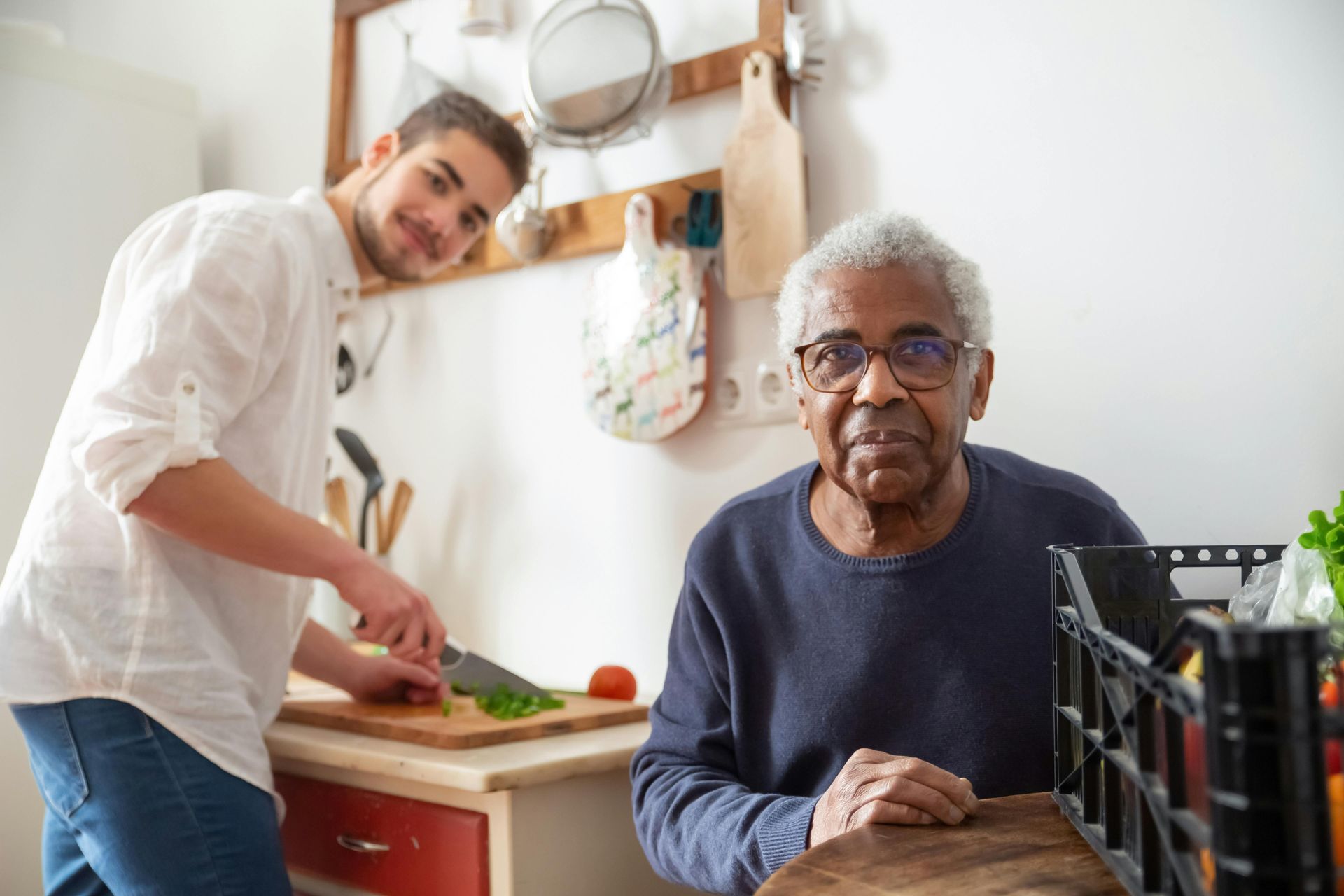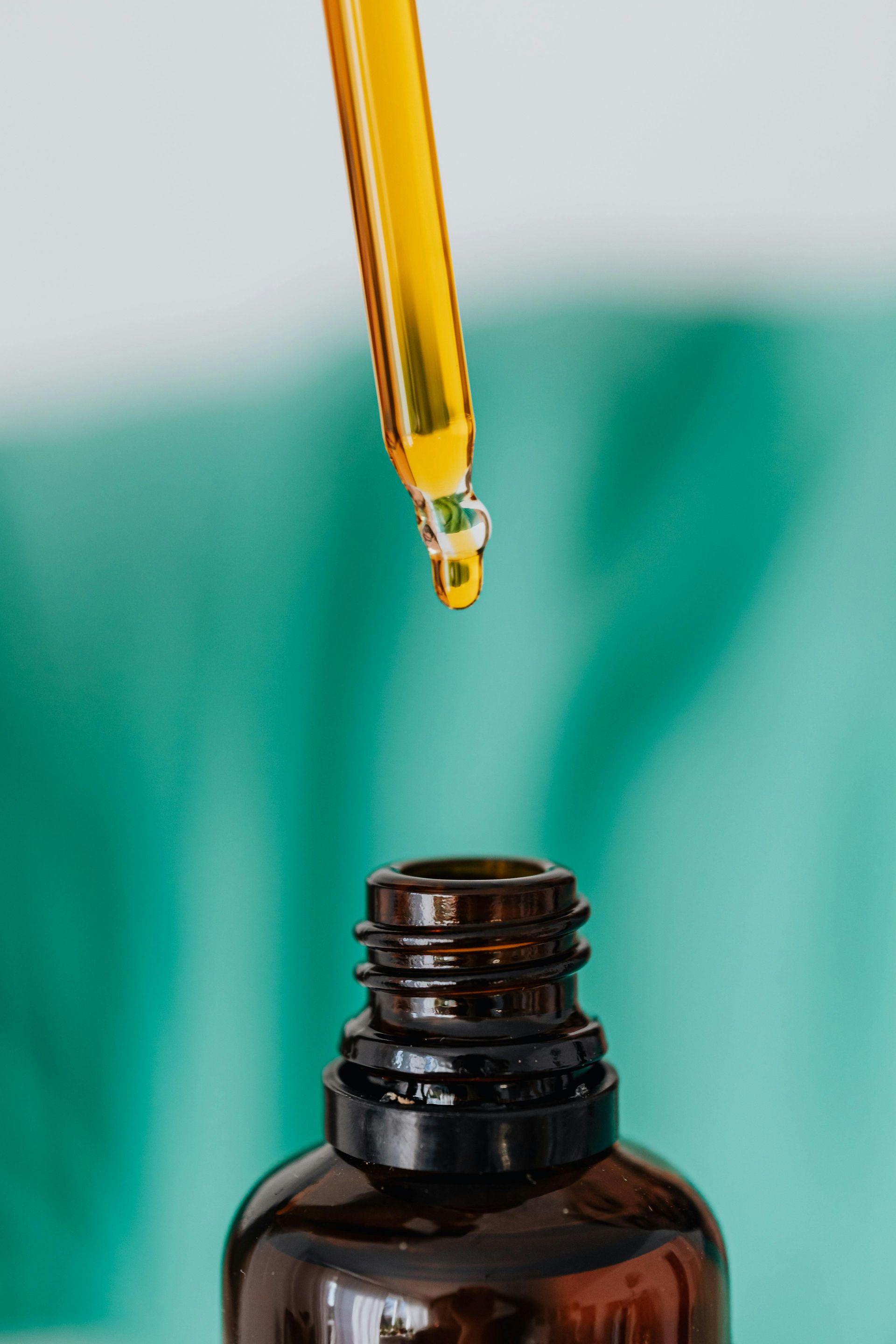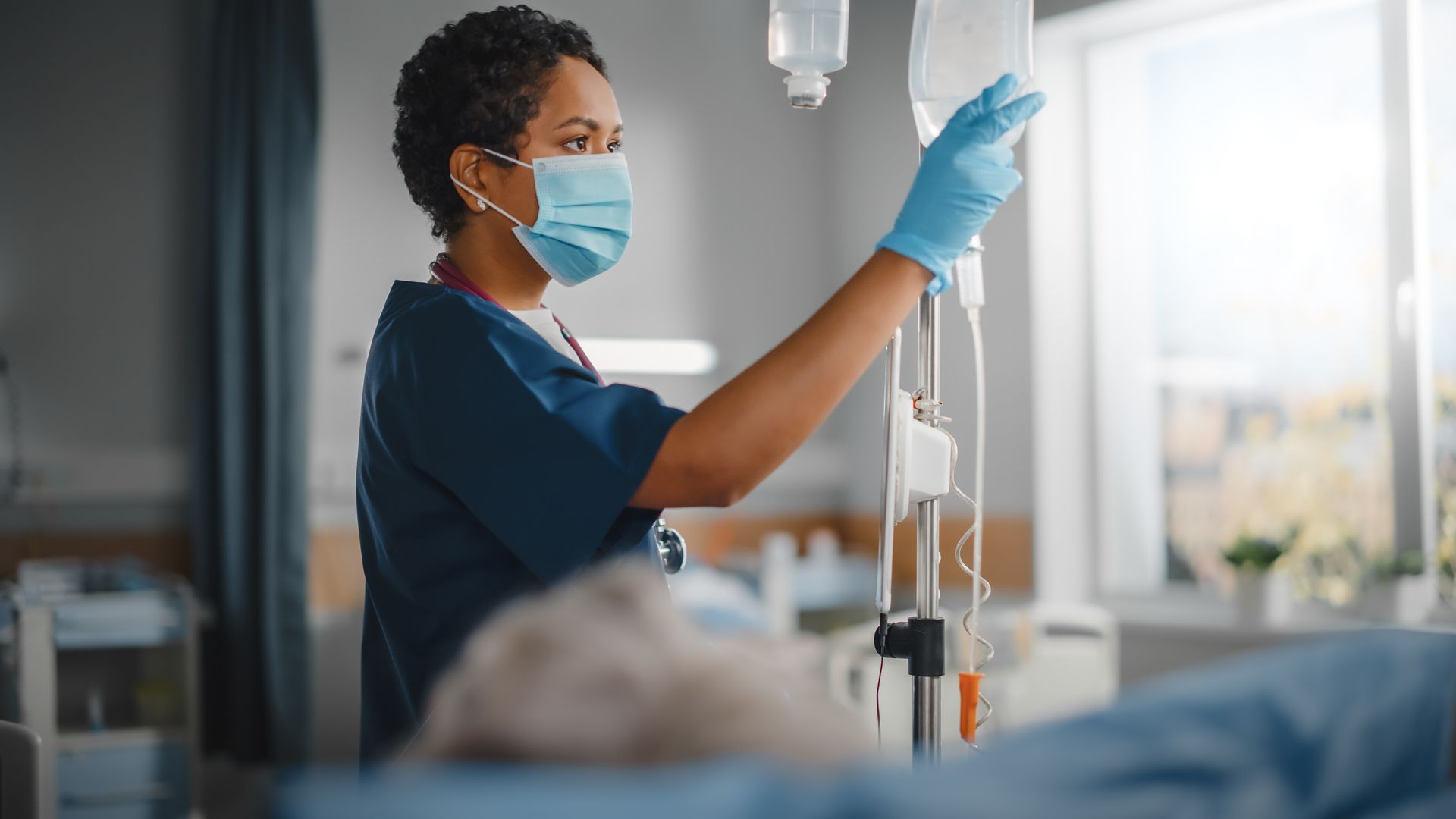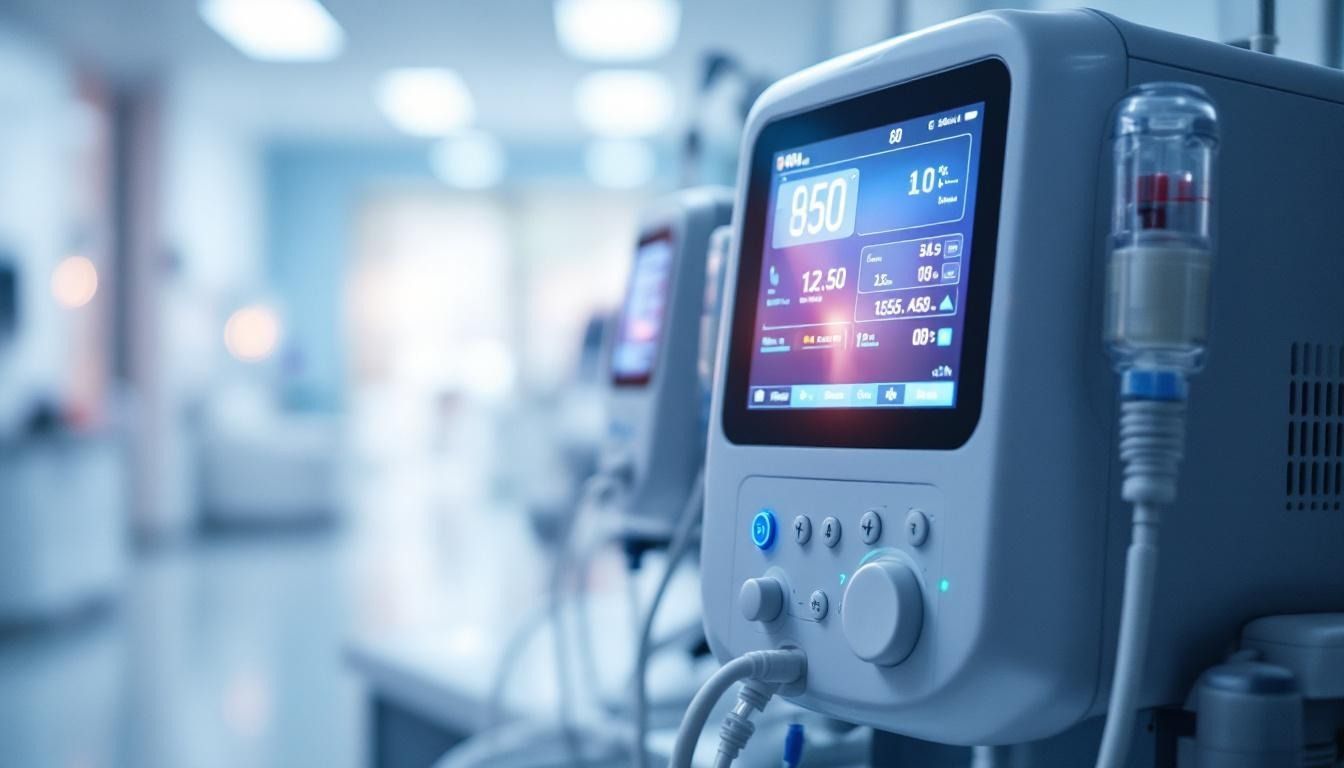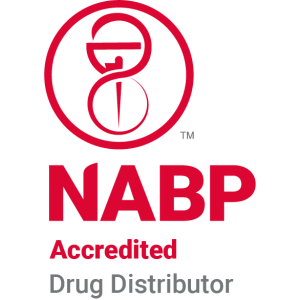Proper GLP injection techniques
Understanding Subcutaneous Injections for GLP-1
Injecting GLP-1 medications like semaglutide can significantly improve diabetes management and support weight loss when administered correctly. Whether you are a patient or a healthcare professional, mastering the essential steps in administering these injections is crucial for safety, efficacy, and comfort. This guide walks you through the preparatory steps, proper techniques, and best practices to optimize treatment outcomes while ensuring patient safety.
Step-by-Step Guide to Injecting GLP-1 Medications

Preparation Before Injection
Before you start the injection process, it’s essential to check the Beyond Use Date (BUD) on your GLP-1 medication vial to ensure it is still effective. Begin by washing your hands thoroughly to maintain cleanliness and reduce the risk of infection.
Then, clean the rubber stopper of the medication vial with an alcohol swab. Choosing the right injection site is vital; preferred areas include the abdomen, thigh, or upper arm. For stomach injections, select a spot about two inches away from your belly button, while thigh injections should be done in the middle third of the thigh.
Gathering Necessary Supplies
Before administering your injection, gather all necessary supplies:
- A vial of GLP-1 medication
- A sterile syringe and needle
- An alcohol swab
- A sharps container for needle disposal
Ensure you know your prescribed dose, typically measured in units, and prepare the syringe by drawing air into it before puncturing the vial to draw the medication.
Administering the Injection
To inject, hold the syringe at a 90-degree angle to your skin and pinch a fold of skin to ease insertion. Inject the medication by pushing the needle into the skin and holding it in place for 5-10 seconds to allow the full dose to enter your system. If you experience bleeding, apply gentle pressure after removing the needle.
Disposing of Used Materials
Once the injection is complete, dispose of the used needle and syringe immediately in a proper sharps container to ensure safety and prevent injury. Remember to store the medication vial back in the refrigerator unless specified otherwise by your healthcare provider. Regularly rotating injection sites is recommended to avoid irritation and scarring.
The Essentials of Subcutaneous Injection Technique

What are the correct techniques for administering a subcutaneous injection?
The correct technique for administering a subcutaneous injection begins with proper skin preparation. First, wash your hands thoroughly to maintain hygiene. Next, clean the proposed injection site with an alcohol pad—this step helps to minimize the risk of infection.
Once the skin is prepped, pinch a fold of skin at the injection site. This technique is crucial for proper injection depth. You can then hold the syringe at a 90-degree angle to the skin, ensuring that you insert the needle into the subcutaneous tissue just beneath the skin's surface. For optimal comfort and medication absorption, using a needle gauge usually between 25 to 27 is advised.
After inserting the needle, gently pull back on the plunger slightly ( aspirate ) to check for blood. If blood is present, this indicates you may have hit a blood vessel—remove the needle and select a new site. Once confirmed that there is no blood, proceed to inject the medication slowly and steadily. Hold the needle in place for 5 to 10 seconds post-injection to ensure the full dose is delivered.
Finally, remove the needle at the same angle it was inserted. Apply gentle pressure with a cotton ball or gauze to the injection site to help reduce bleeding and encourage healing. Proper disposal of the used needle in a sharps container is essential to prevent injury and infection.
Avoiding Common Injection Mistakes

Incorrect Injection Techniques
Injecting semaglutide requires careful attention to technique to ensure medication efficacy and minimize discomfort. A frequent mistake is injecting at the wrong angle. The needle should be inserted at a 90-degree angle to ensure it reaches the subcutaneous fat. If the angle is off, it might lead to ineffective delivery or increase discomfort.
Choosing Inappropriate Injection Sites
Selecting the correct injection site is vital. Preferred areas include the abdomen, upper thighs, and upper arms. Avoid areas that are bruised, swollen, or scarred. Injecting into these areas can hinder absorption, as the drug may not distribute effectively.
Common Errors to Avoid
Ensure to clean the injection site well and allow it to dry; skipping this step raises infection risks. Additionally, rotating injection sites weekly is crucial to prevent tissue damage and lipohypertrophy. Keeping a log of injection locations can help keep track of site rotation.
Consultation with Healthcare Professionals
When in doubt, consult with healthcare professionals. They can provide demonstrations on proper techniques, including handling needles and ensuring injections are subcutaneous.
Is there a wrong way to inject semaglutide?
Yes, there is a wrong way to inject semaglutide. According to the manufacturer, it is crucial to ensure that the injection is performed subcutaneously in appropriate areas such as the upper arm, thigh, or stomach. Avoid injecting into areas that are injured, swollen, or scarred, as this can affect the absorption and efficacy of the medication. Additionally, it’s important to use a thick, fatty area of the skin for the injection to ensure proper delivery of the drug. Proper technique not only maximizes the effectiveness but also minimizes the risk of complications.
Optimal Site Selection for GLP-1 Injections

What are the recommended injection sites for GLP-1 medications like semaglutide?
The recommended injection sites for GLP-1 medications like semaglutide include:
- Stomach : Select a spot 2-3 inches from the belly button.
- Thighs : The front and middle sections are ideal, avoiding the inner thigh.
- Back of the Upper Arms : Great for those who prefer less visible injections.
These areas provide sufficient subcutaneous fat for optimal drug absorption. Remember to rotate injection sites regularly to minimize skin irritation and prevent scar tissue formation.
Why is site rotation important?
Rotating injection sites weekly is crucial in preventing complications such as lipohypertrophy, which can lead to inconsistent medication absorption. By maintaining a systematic approach to site rotation, users can reduce the risk of irritation and promote healing in previously injected areas. Keeping a record of injection sites can help manage this effectively.
What complications can arise from poor site selection?
Using poor injection sites can result in various complications:
- Ineffective Absorption : Injections into scarred or irritated areas can lead to unpredictable blood sugar control.
- Infections : Failing to sanitize the injection area increases the risk of infections.
- Bruising : Injecting into areas with visible veins or bruises can lead to discomfort and further complications.
How does site selection affect absorption?
Good site selection can significantly enhance medication efficacy. For example, injecting in the abdomen leads to faster absorption due to its rich blood circulation, while injections in the thighs may result in slower absorption. Ensuring that injections are made into the fatty tissue rather than muscle is vital, which can be achieved by using appropriate needle lengths and correct angles during administration.
The Science Behind Injection Techniques
Importance of Injection Technique in Diabetes Management
Proper injection technique is vital for people using GLP-1 medications to manage diabetes effectively. Accurate injection ensures that the medication is delivered to the subcutaneous layer of fat, where it can be absorbed slowly into the bloodstream. This slow absorption is crucial for maintaining stable blood sugar levels and enhancing the effectiveness of the treatment.
Scientific Reasons Behind Recommended Practices
Adhering to specific practices, such as rotating injection sites, helps prevent tissue damage and issues like lipohypertrophy, which can lead to unpredictable medication absorption. By using different sites each week—like the abdomen, thighs, and upper arms—patients minimize irritation and contribute to more consistent therapeutic effects.
Role of Healthcare Providers in Guiding Injections
Healthcare providers play a key role in teaching correct injection techniques. They educate patients about proper site selection, dosing schedules, and cleaning methods. This direct guidance is crucial, as understanding these practices can significantly impact medication effectiveness and overall health outcomes.
Safety and Storage Considerations for Injectable GLP-1 Medications

Proper storage conditions for medications
GLP-1 medications, such as semaglutide, should be stored at a temperature between 4-8 degrees Celsius. Adhering to these conditions is essential to maintain efficacy and safety. If you’re using a pen, be aware of any specific storage instructions provided by your healthcare provider or the medication’s packaging.
Safety around injection supplies
Before using any injection supplies, wash your hands thoroughly. Gather materials such as needles, syringes, and alcohol swabs devoid of visible contamination. Proper sanitation protects against infections and complications associated with injection.
Avoiding cross-contamination
Always wipe the vial's rubber stopper with an alcohol swab before drawing the medication. Avoid touching the needle to surfaces to ensure it remains sterile. This minimizes any risk of introducing bacteria into your body.
Keeping a log of injection sites and conditions
Maintaining a log of your injection sites can help prevent complications like lipohypertrophy. Document each location and condition to ensure that sites are rotated effectively, reducing the risk of tissue damage and increasing medication absorption.
Committing to Effective and Safe Injection Practices
Administering GLP-1 injections correctly is a cornerstone of managing type 2 diabetes treatment effectively. Following proper procedures ensures not only the efficacy of the medication but also the safety and comfort of the patients. By understanding the importance of preparation, site selection, and rotation, as well as consulting with healthcare professionals, patients can minimize complications and achieve the best possible health outcomes. Continual education and practice in effective injection techniques are essential for both patients and healthcare providers to ensure ongoing success with GLP-1 therapies.
References
- Ivím Health GLP-1 Medication Injection Instructions
- How to inject semaglutide for weight loss | Mayo Clinic Diet
- [PDF] BEST PRACTICE IN DIABETES CARE
- How to Inject Semaglutide: A Step-by-Step Guide | Take Care by Hers
- Injection Guide - DocDay
- [PDF] Best Practice Guideline to support Correct Injection Technique in ...
- Tips for Managing GLP-1 Injections - CARAVAN Wellness
- Optimal Injection: Where to Administer Semaglutide for Best Results


